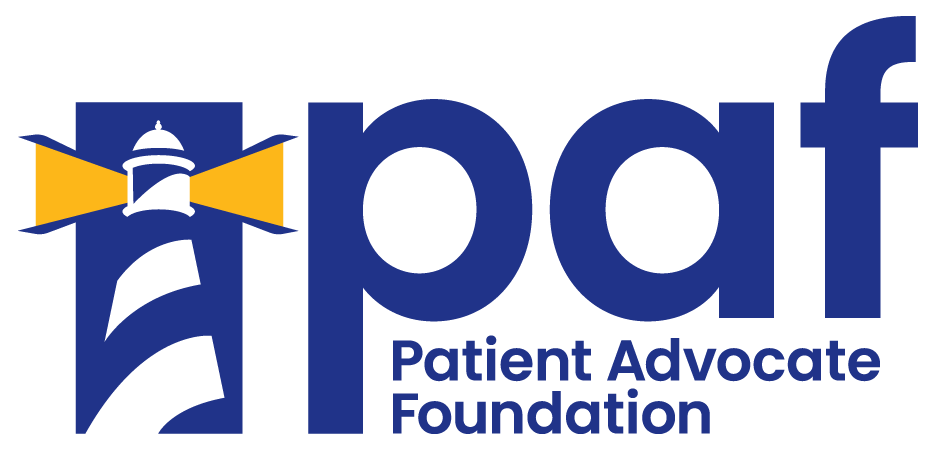Long Term Disability and Its Benefits
Long-Term Disability (LTD) can be used following Short-Term Disability (STD) plans or alone.
Long-Term Disability coverage provides wage replacement that is between 50-70% percent of your earnings before a non-work-related injury or illness that impacts your ability to work.
If a LTD plan is offered through your employer, it is very important to sign up during the initial enrollment period, when you cannot be denied coverage for a pre-existing condition. Read the plan summary for definitions detailing what is covered as well as specific details required by your plan.
Most LTD plans include a waiting period that lasts from 3-26 weeks before you are eligible to begin to receive benefits. This waiting period usually coincides with the length of time you can be paid for STD benefits.
In order to continue to qualify for benefits, detailed medical information must be provided to the LTD carrier initially and throughout the life of the claim as requested. Failure to do so will result in termination of your benefit. If you are considered disabled longer than 90 days, most policies do not require you to continue paying premiums.
Most LTD policies have two definitions of disability: “Own Occupation” and “Any Occupation”.
-
- During the Own Occupation period, benefits are payable if the employee is unable to perform his or her regular job or a similar job. This period can last up to two years.
-
- After that, benefits are payable only if the employee is unable to perform Any Occupation for which he or she is or becomes reasonably qualified by education, training or experience.
Most LTD companies require you to apply for Social Security Disability Insurance (SSDI) benefits and may provide assistance in the application process. Your LTD policy provides for what is known as an offset, or any benefit you receive from SSDI will reduce the benefit paid by the LTD policy. Find tips and additional information in our publication Workplace Benefits: A Guide for Employed Individuals.
If you are approved for SSDI and receive a retroactive payment check, you are normally required to pay the amount back received by the LTD company during the time which SSDI pays you.
In addition to STD and LTD, two additional federal disability programs you may be eligible for include Social Security Disability Insurance and Supplemental Security Income (SSI).
In order to be deemed disabled, you must have a medical condition that meets the Social Security Act (SSA) definition of disability, which is “having an illness or injury that is expected to last at least 12 months or if your condition may be considered terminal.” Learn about the disability process through our free Disability Training Series or read our guide Navigating the Disability Process.










